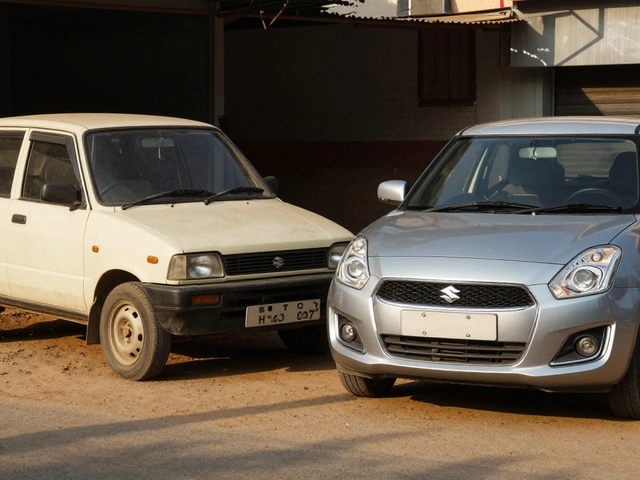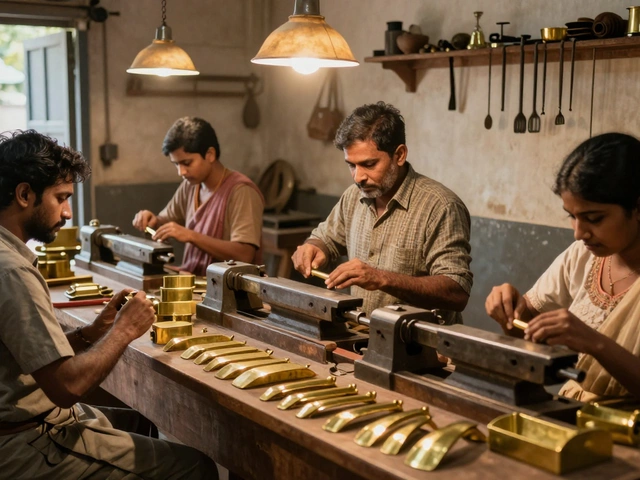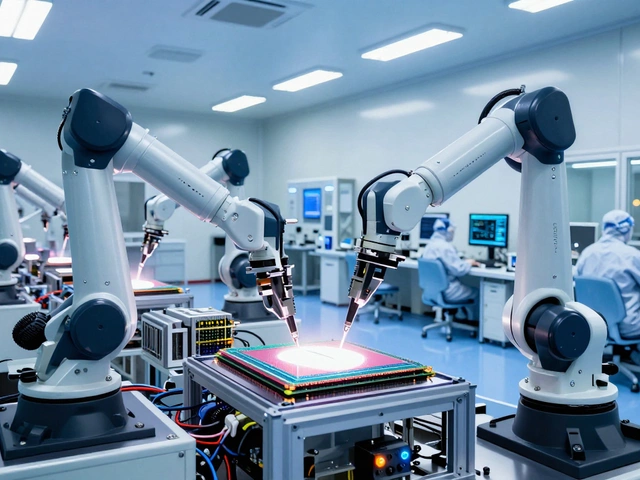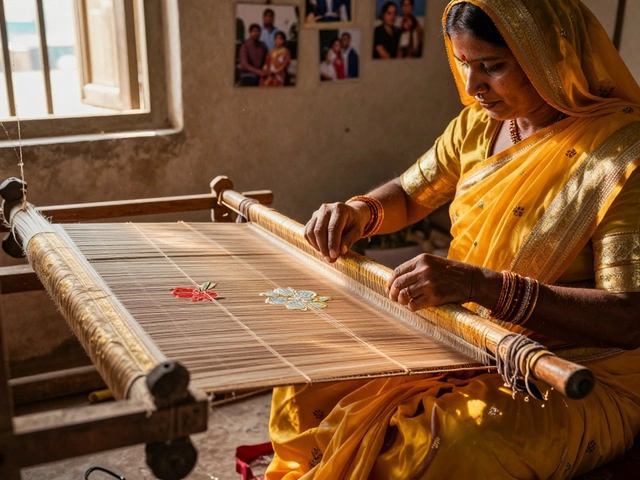Who Makes Toyota Engines in India? Inside Toyota Kirloskar Motor’s Engine Plant
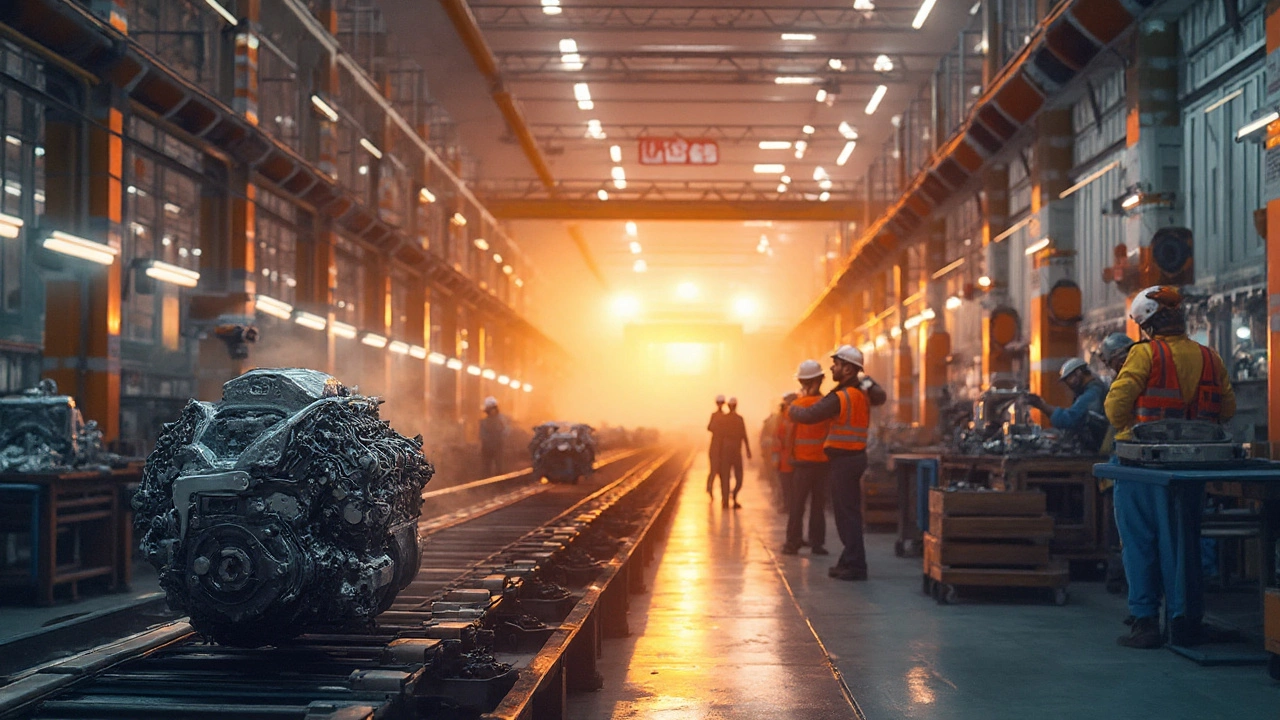
Toyota Engine India Quiz
Toyota Kirloskar Motor is a joint‑venture automobile manufacturer in India that assembles vehicles and produces engines for Toyota’s domestic lineup.
Why the Question Matters
When you see a Toyota Corolla cruising Delhi’s streets, you might assume the engine comes straight from Japan. In reality, most power‑trains are built right here, under a local partnership that blends Japanese engineering with Indian manufacturing strength. Knowing who makes the engine helps you gauge quality, supply‑chain resilience, and the impact of government initiatives like Make in India.
The Joint‑Venture Backbone
The engine‑building story starts with Toyota Motor Corporation, the Japanese parent that supplies technology, design standards, and global quality processes. Its Indian counterpart is the Kirloskar Group, a diversified Indian conglomerate with deep roots in heavy engineering and manufacturing. Together they formed Toyota Kirloskar Motor (TKM) in 1997, a 50‑50 partnership that now runs the country’s largest Toyota assembly and engine facility.
Location, Layout, and Capacity
All engine activity happens at the Bidadi Plant, a sprawling 300‑acre complex south of Bengaluru, Karnataka. The site integrates stamping, machining, casting, and final assembly in a single flow line, allowing TKM to crank out roughly 500,000 engines per year. Karnataka’s industrial ecosystem, powered by a skilled workforce and robust logistics, boosts the plant’s efficiency.
Engine Families Made in India
TKM focuses on two core families that power most Toyota models sold locally:
- 1.2‑litre Dual VVT‑i - a gasoline engine used in the Etios, Glanza, and Yaris. It delivers 86hp, meets BS‑6 emission norms, and is built with a 4‑stroke, 16‑valve architecture.
- 2.0‑litre Diesel - a sturdy workhorse found in the Innova Crysta and newer Corolla diesel variants. It puts out 150hp, features common‑rail direct injection, and complies with the latest BS‑6 standards.
Both engines are manufactured using locally sourced steel and aluminium alloys, while critical components like fuel injectors and turbochargers are imported from TMC’s global supplier base (e.g., Bosch, Denso). This hybrid sourcing model keeps costs down without compromising on reliability.

Supply‑Chain Web
The Bidadi plant leans on a network of more than 150 Tier‑2 and Tier‑3 suppliers across Karnataka and neighboring states. Key partnerships include:
- GKN Automotive - supplies forged crankshafts.
- Motherson Sumi Systems - provides plastic engine covers.
- Mahindra & Mahindra - delivers high‑strength steel blanks for cylinder blocks.
Because the plant follows Toyota’s “Just‑in‑Time” philosophy, parts arrive in synchronised batches, minimizing inventory and ensuring a smooth production rhythm.
Regulatory Landscape and Quality Assurance
India’s shift to BS‑6 (equivalent to Euro‑6) in April2020 forced TKM to upgrade its combustion chambers and exhaust after‑treatment systems. The plant earned ISO‑14001 (environmental) and ISO‑9001 (quality) certifications, proving that a locally built engine can meet the same stringent standards as a Japanese‑made unit.
How TKM Stacks Up Against Its Parent
| Attribute | Toyota Kirloskar Motor (India) | Toyota Motor Corporation (Japan) |
|---|---|---|
| Primary Location | Bidadi, Karnataka | Toyota City, Aichi |
| Annual Engine Capacity | ~500,000 units | ~1.2million units |
| Key Engine Families | 1.2L Dual VVT‑i, 2.0L Diesel | Various - including 1.5L Hybrid, 2.5L Turbo |
| Ownership Structure | 50% Toyota, 50% Kirloskar | 100% Owned |
| Compliance Standards | BS‑6 (India) | Euro‑6 (EU), EPA (US) |
The table shows that while TKM’s scale is smaller, it mirrors the parent’s quality ethos and leverages the same R&D pipeline. The biggest difference lies in the engine portfolio - Indian models prioritize fuel‑efficiency and low‑cost maintenance, whereas Japan focuses on performance and hybrid technology.
Impact of ‘Make in India’ and Future Roadmap
India’s Make in India policy gave TKM incentives to increase local content from 62% (2019) to over 85% by 2026. To meet this target, the plant is investing in an in‑house aluminium casting line, reducing dependence on imported die‑cast components.
Looking ahead, TKM plans to launch a 1.5‑litre hybrid power‑train built locally for the upcoming Prius Prime India edition. This will be the first fully Indian‑manufactured hybrid engine, blending Toyota’s proven e‑Power technology with domestically sourced batteries.
Related Topics to Explore
- How Maruti Suzuki sources its engines - a contrasting supply‑chain model.
- The evolution of BS‑6 emission standards and their effect on Indian automotive design.
- Benefits of the Just‑in‑Time manufacturing philosophy for auto OEMs.
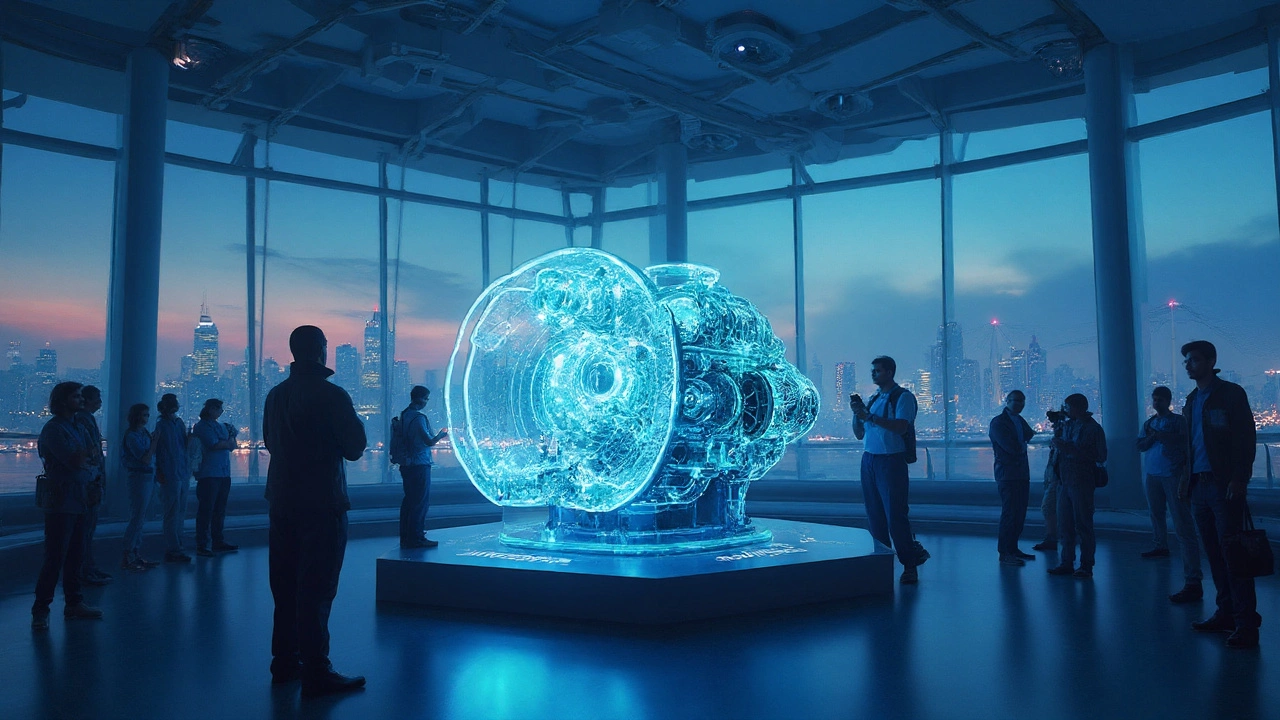
Frequently Asked Questions
Who actually manufactures Toyota engines in India?
Toyota Kirloskar Motor (TKM) builds the 1.2L Dual VVT‑i gasoline and 2.0L diesel engines at its Bidadi plant in Karnataka.
Is the engine made in India identical to the one made in Japan?
Functionally, yes. The Indian units follow the same design specifications, tolerances, and quality checks as the Japanese counterparts. The biggest difference is the source of some raw materials, which are now largely sourced locally to meet Make in India targets.
What models use the Indian‑made engines?
The 1.2L Dual VVT‑i powers the Etios, Glanza, and Yaris. The 2.0L diesel is found in the Innova Crysta, Corolla diesel, and several commercial variants.
How does the Bidadi plant ensure quality?
TKM follows Toyota’s Global Production System, which includes real‑time defect tracking, Kaizen continuous‑improvement workshops, and ISO‑9001/ISO‑14001 certifications. Every engine undergoes a 20‑point inspection before leaving the line.
Will Toyota introduce hybrid engines made in India?
Yes. TKM has announced a locally produced 1.5L hybrid power‑train for the upcoming Prius Prime India, slated for 2026. This marks the first fully Indian‑manufactured hybrid engine from Toyota.
How does the Make in India policy affect Toyota’s engine costs?
Localising components cuts import duties and freight expenses, bringing the per‑engine cost down by roughly 8‑10%. The savings help keep vehicle prices competitive in the price‑sensitive Indian market.

